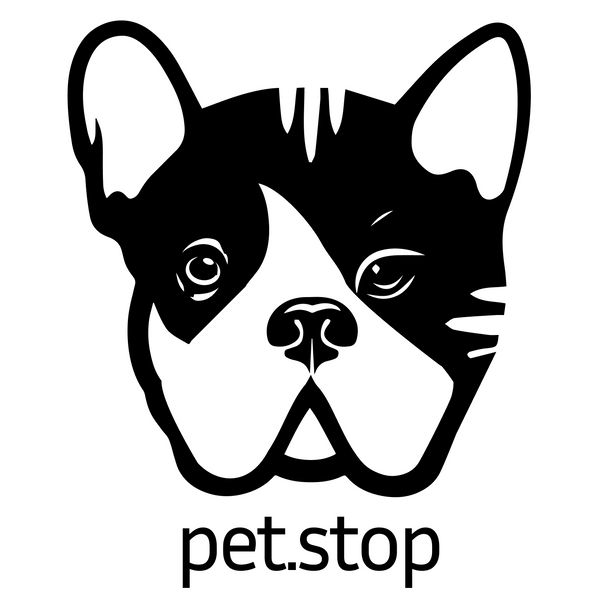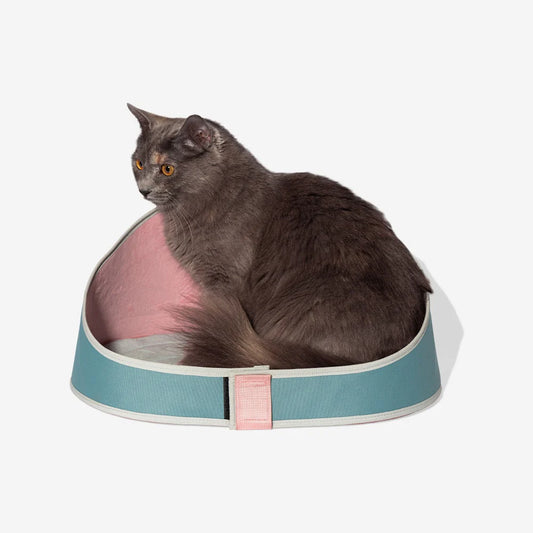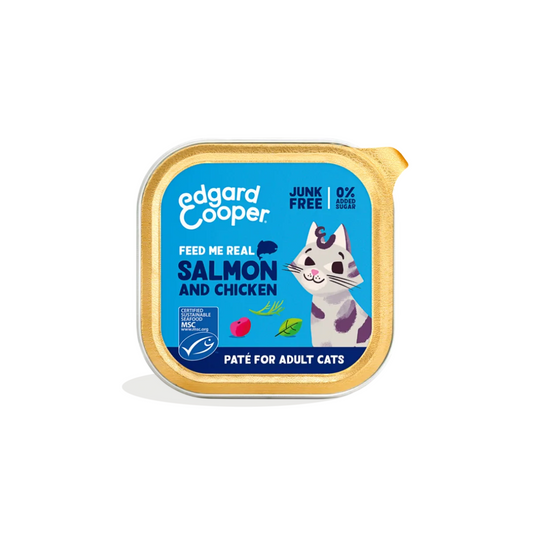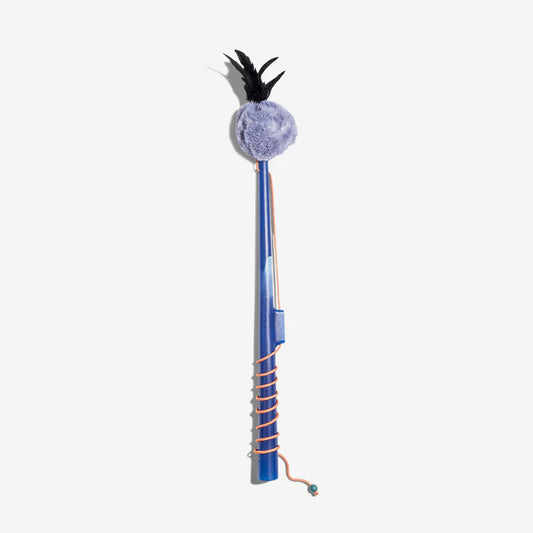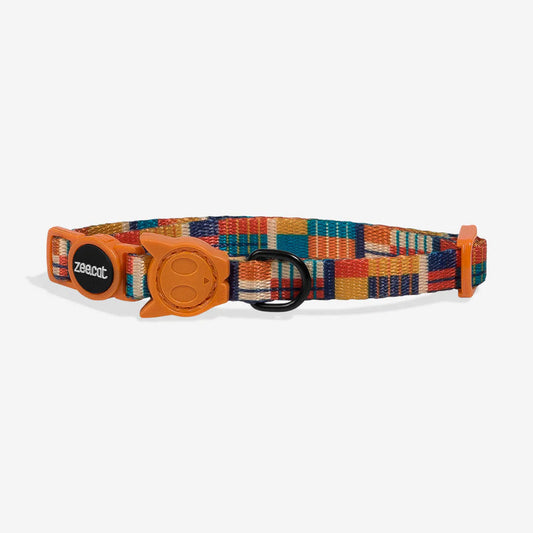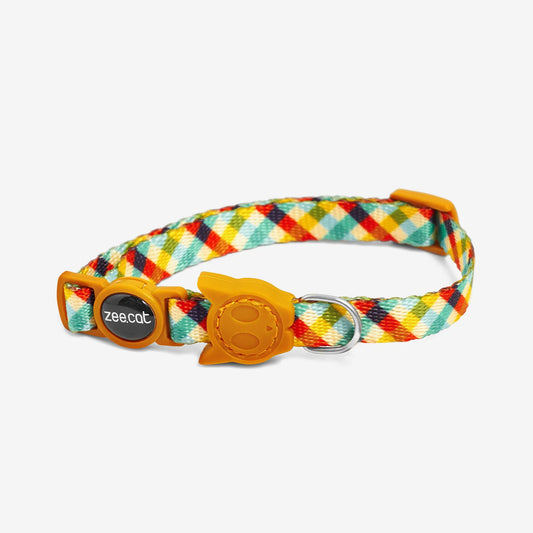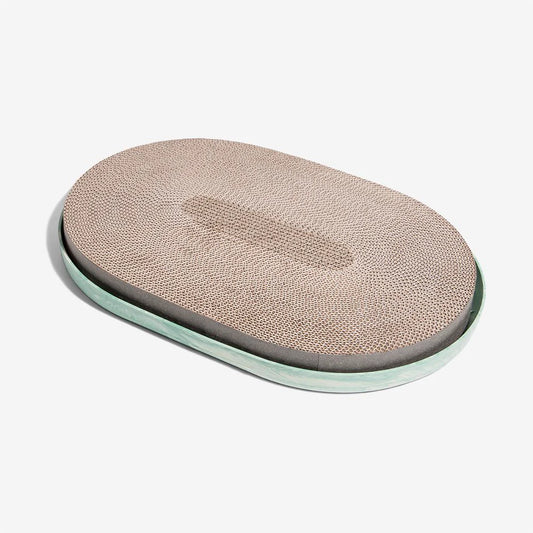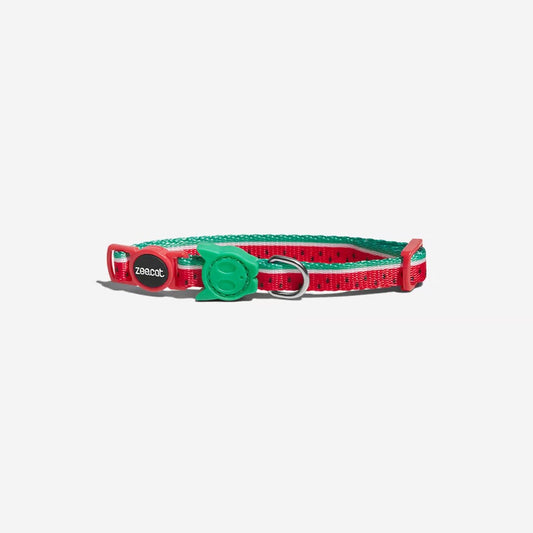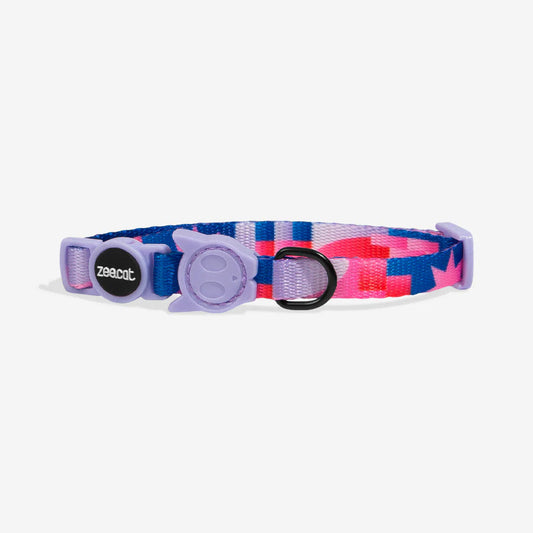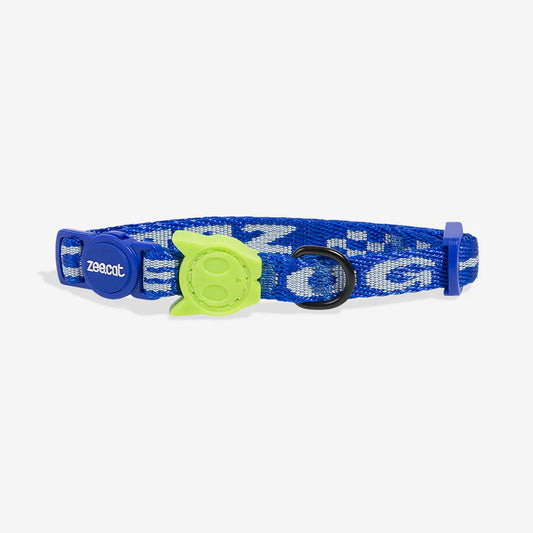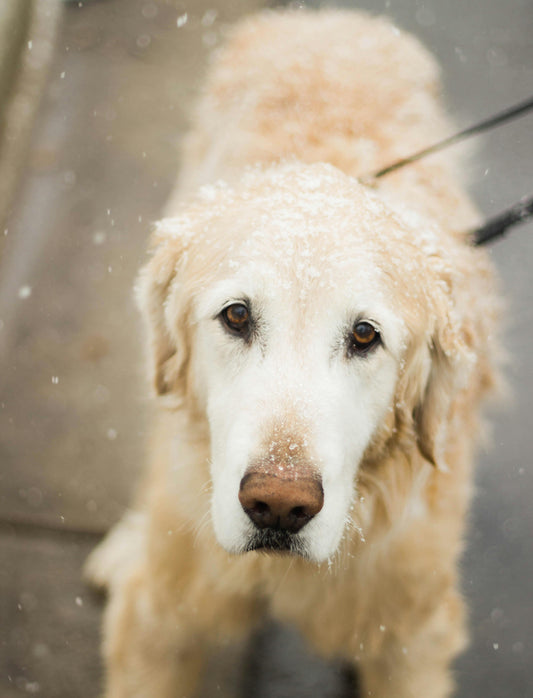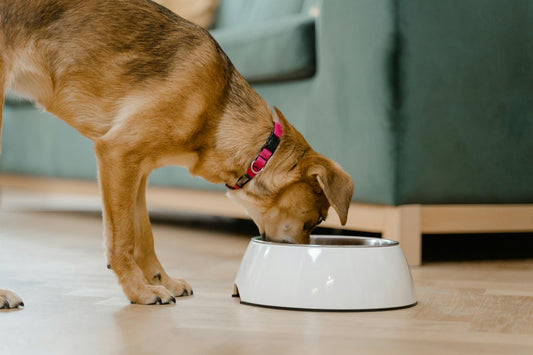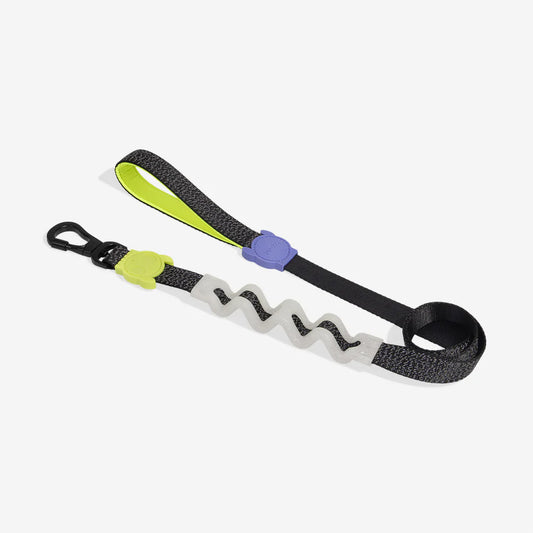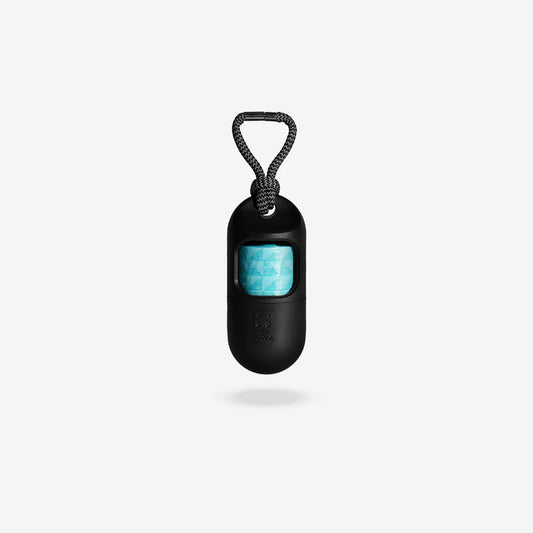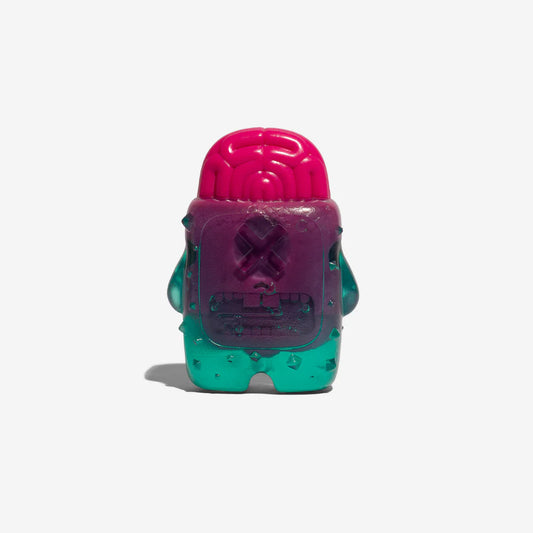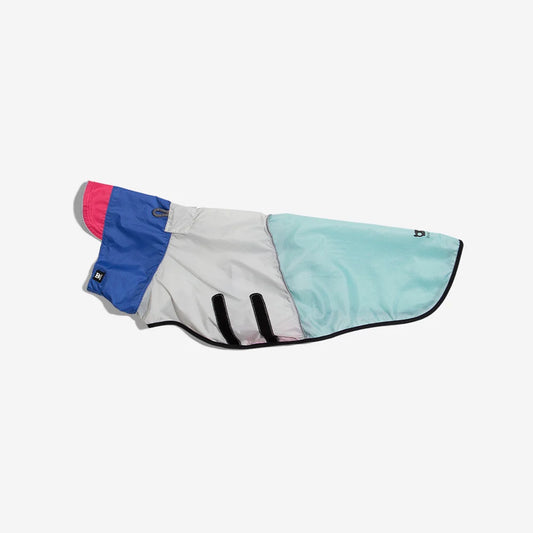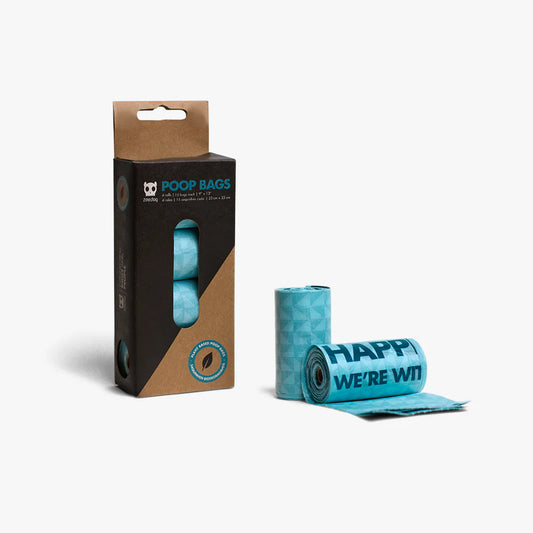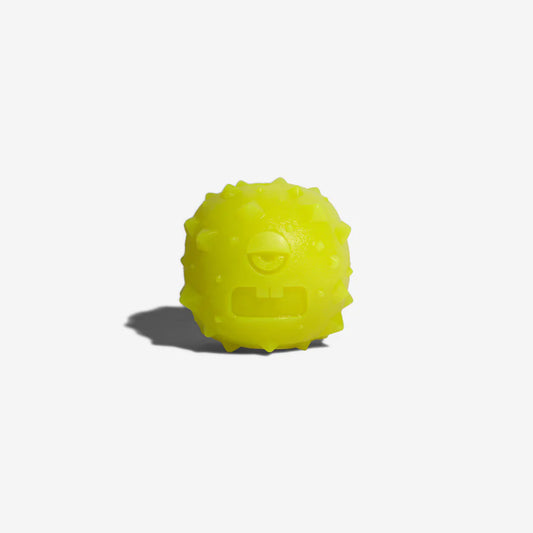Dog breeds vary in their sensitivity to heat, with brachycephalic breeds being particularly vulnerable. Owners must adjust their routines and environments to accommodate their pets' needs during hotter months. Simple changes can foster a safer and more enjoyable summertime experience for both dogs and their owners.
Understanding how to care for a dog in high temperatures not only protects their health but also strengthens the bond between owner and pet. With the right knowledge and precautions, every dog can remain calm and happy, even during the heat of summer.
Understanding Heat Stress in Dogs
Heat stress is a serious concern for dogs during the summer months. Recognizing the early signs and understanding how a dog's body responds to heat can help prevent severe health issues.
Recognizing Signs of Hyperthermia
Hyperthermia occurs when a dog's body temperature rises above normal levels. Normal canine temperature ranges between 101°F and 102.5°F. Signs of hyperthermia may include:
- Excessive panting: Dogs may pant heavily to cool down.
- Drooling: Increased saliva can signify discomfort.
- Weakness or lethargy: A dog may seem unusually tired or sluggish.
- Vomiting or diarrhea: Gastrointestinal upset often accompanies heat stress.
- Rapid heartbeat: Heart rates can increase significantly.
If a dog's temperature exceeds 104°F, immediate veterinary attention is necessary to prevent serious complications.
Physiology of Dogs in Hot Weather
Dogs regulate body temperature through panting and limited sweating. They have sweat glands primarily in their paw pads, making panting the primary method of dispersing heat.
In hot conditions, dogs may struggle to cool down effectively, especially in high humidity. The following factors influence their ability to handle heat:
- Fur type and length: Thick or long coats can trap heat.
- Breed: Brachycephalic breeds (e.g., Bulldogs) are particularly vulnerable due to their short snouts.
- Age and health: Very young or older dogs, along with those with existing health conditions, are less tolerant of heat.
Understanding these physiological aspects can help owners take proactive measures to keep their pets comfortable and safe during warm weather.
Preventative Measures for Keeping Your Dog Cool
Keeping a dog cool during summer is essential to prevent overheating. Various techniques and strategies can create a safe, comfortable environment for pets.
Effective Cooling Techniques
Providing fresh, cool water is vital. Dogs should have access to water at all times, especially during hot days. Adding ice cubes can make the water more appealing and keep it cooler longer.
Cooling mats are another effective tool. These mats use gel technology to absorb heat. Placing the mat in a shaded area can help the dog find relief.
Bathing dogs with cool water is also beneficial. A brief soak can lower body temperature and offer instant comfort. Always ensure the water is not too cold to avoid shock.
Creating a Cool Environment
Indoor spaces should be well-ventilated. Utilizing fans and air conditioning can maintain a comfortable temperature. Keeping curtains drawn during peak heat hours helps block sunlight.
Designated outdoor areas should provide shade. Trees, umbrellas, or dog houses can offer respite from direct sunlight. Adding a kiddie pool can allow dogs to cool off while they play.
Ensure dogs have a comfortable resting place. Elevated surfaces, such as dog beds, can promote air circulation, keeping them cooler on warm surfaces.
Appropriate Summer Gear
Selecting the right gear can aid in temperature regulation. Light, breathable fabrics are ideal for dog clothing. These materials help wick moisture and keep dogs cooler.
Consider using cooling vests that have built-in moisture retention features. These vests can provide a significant temperature drop when soaked and worn.
Finally, ensure that any outdoor equipment, like leashes or harnesses, is lightweight. This prevents overheating and allows dogs to engage in outdoor activities without added strain.
Hydration and Nutrition
Proper hydration and nutrition are essential for keeping dogs healthy during hot summer months. Maintaining a balanced diet and ensuring adequate water intake can significantly reduce the risk of hyperventilation.
Balanced Diet During Summer
A balanced diet contributes to a dog’s overall health, especially in warmer weather. High-quality dog food should contain a mix of proteins, fats, and carbohydrates tailored to the dog’s age, size, and activity level. During summer, consider incorporating:
- Fresh fruits and vegetables: Watermelon, cucumbers, and carrots can provide hydration and essential nutrients.
- Lean proteins: Chicken or fish can help maintain energy levels without excessive fat.
- Omega-3 fatty acids: Found in fish oils, they can help improve skin and coat health.
Monitor portion sizes to prevent weight gain. A healthy weight helps regulate body temperature, reducing the chance of overheating.
Ensuring Adequate Water Intake
Hydration is crucial when temperatures rise. Dogs can easily become dehydrated if their water intake is insufficient. To ensure they stay hydrated:
- Provide fresh water: Always have clean, cool water available. Change it frequently to encourage drinking.
- Use multiple water bowls: Place several bowls in various locations to make accessing water easier.
- Monitor water consumption: Keep track of how much water the dog drinks daily. An increase in panting may indicate a need for more fluids.
Consider offering ice cubes as a treat or adding water to dry kibble. These methods can promote hydration and help cool the dog down.
Emergency Response to Hyperthermia
Recognizing the signs of hyperthermia in dogs is essential for prompt action. Swift first-aid measures are crucial, and it’s important to know when veterinary intervention is necessary.
First-Aid for Overheating
If a dog shows signs of overheating, immediate action is vital. Key first-aid steps include:
-
Move to a Cooler Area: Take the dog indoors or to a shaded location. Ensure good airflow around them.
-
Offer Water: Provide cool, fresh water but avoid forcing it. Hydration helps lower body temperature.
-
Cool the Dog Gradually: Use cool (not cold) water on the dog’s body. Pay attention to areas like the belly, paws, and ears. A damp cloth can also help.
-
Use Fans: Direct air towards the dog to assist with cooling.
-
Monitor Temperature: An ideal body temperature for dogs is between 100°F and 102.5°F. If the temperature exceeds 104°F, it’s critical to seek help.
Taking these steps can significantly reduce heat stress and prevent serious complications.
When to Seek Veterinary Care
Veterinary attention is vital when a dog exhibits severe signs of hyperthermia. The following situations require immediate consultation:
-
Prolonged Panting or Labored Breathing: If rapid panting continues for more than a few minutes despite cooling efforts, it signals distress.
-
Vomiting or Diarrhea: These symptoms indicate potential heatstroke or dehydration.
-
Seizures or Unresponsiveness: Loss of consciousness or seizure activity requires urgent veterinary care.
-
Body Temperature Above 104°F: A persistently high temperature despite initial cooling measures indicates a serious situation.
Timely intervention can prevent long-term health issues. Dog owners should stay vigilant, especially during hotter weather, to ensure their pets’ safety.
